Theater, Opera, Ballet, the performing arts that always stood beside the five main (historically) arts, inspired people to build some of the most beautiful architectural masterpieces in the world. Art has the power to change us as individuals and the world in its complexity and, in the darkest times, reminds us how much value humankind has to offer. And maybe this is why we always struggled to create the most impressive homes for it.
Art is a blessing no matter where we meet it, but the theaters that host Theater plays, Opera or Ballet have the power to amplify our delight (feel free to disagree).
So I made up a list with part of the theaters where I would love to see my favorite plays (and discover new ones), hope you will find them as attractive as I do.
When in Malta visit Teatru Manoel
One of the oldest working arts venue in Europe, Teatru Manoel was built at the order of the Grand Master of the Medieval Catholic military order that we today know as Sovereign Military Order of Malta. Located in Valletta, Malta, the theater opened its doors on the 19th of January 1732 and since then hosts both opera and drama plays. I’m sure that its walls “heard and saw” more conspiracy than many fictional novels. If you’re in Valletta and you plan to visit it you should know that it is closed until November 30 due to maintenance work. You can find more information by visiting teatrumanoel.com.mt.
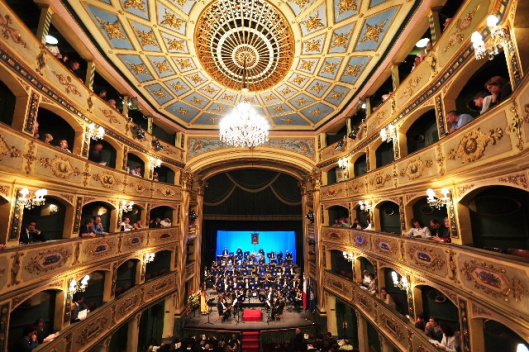
source: maltatourist.wordpress.com
Shakespeare’s Globe theater – A travel in time
As the official website announces us, “Shakespeare’s Globe is a unique international resource dedicated to the exploration of Shakespeare’s work and the playhouse for which he wrote”. The theater Hall is a modern reconstruction of the original theater where Shakespeare’s dramas were played, built at the end of the 16th century. I find it fascinating to be able to “travel” to those days and I plan to visit it as soon as possible.
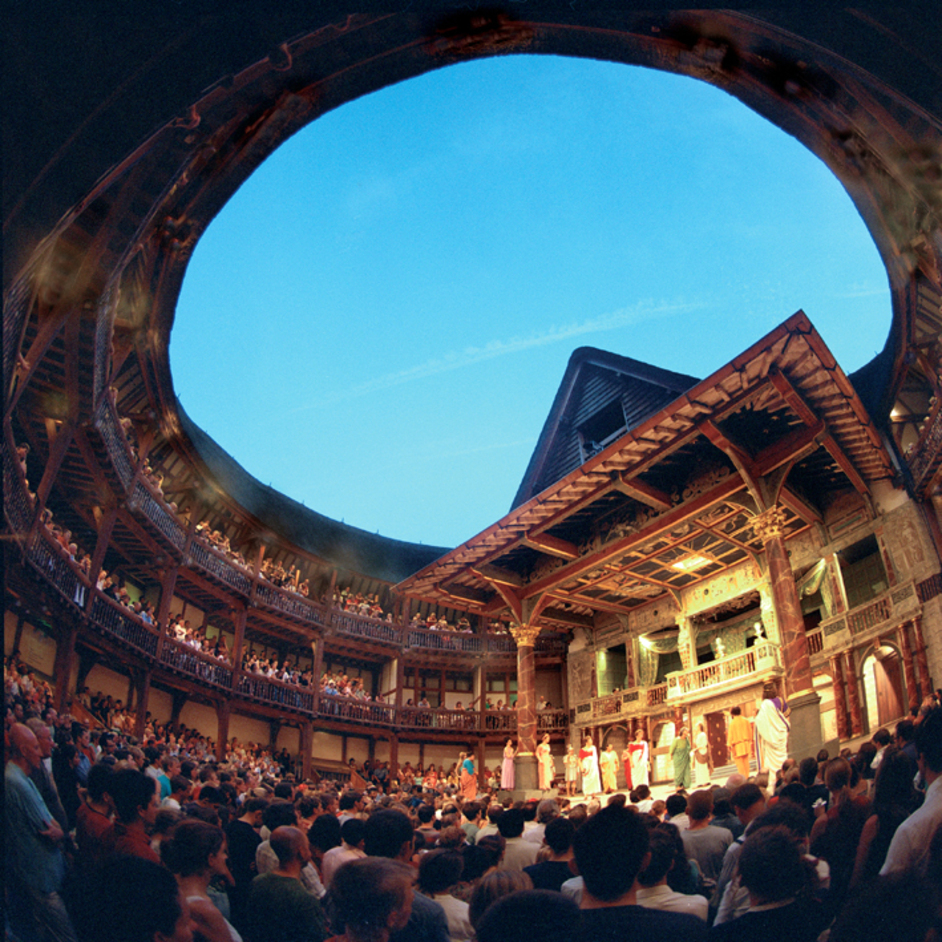
source: londontown.com
Teatro Olimpico from Vicenza
“a theater based on the ancient model, but in small proportions and indescribably beautiful…”Goethe
A UNESCO World Heritage Site, Teatro Olimpico from Vicenza “is the first indoor theater in masonry in the world”. It was initially designed by Andrea Palladio, one of the key figures of Renaissance architecture, and was inaugurated in March 1585. The onstage scenario is the oldest stage set still standing and one of the most beautiful things you have ever seen, picturing a great facade that hosts 3 passageways that grant access towards city streets.
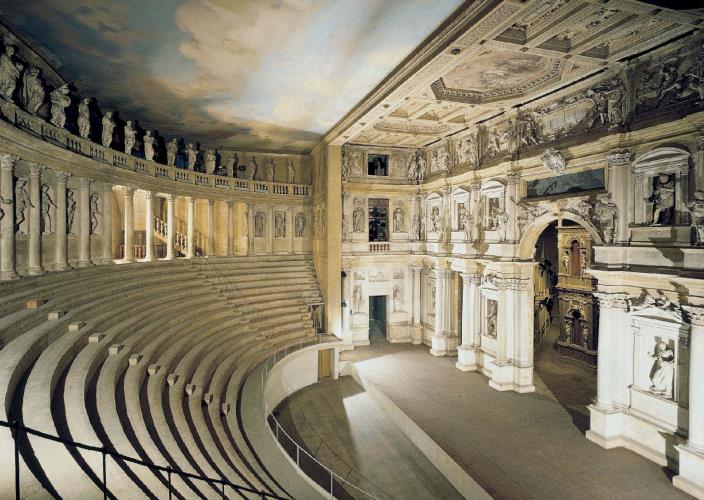
source: studentsblog.viublogs.org
Palais Garnier
Inaugurated on 5 January 1875, Palais Garnier has a seating capacity of 1900 and was named “probably the most famous opera house in the world”.(link Wikipedia). For those who haven’t had the pleasure of visiting it Paris Opera and Google Cultural Institute collaborated and provided a virtual tour using Google Street Technology. Enjoy!
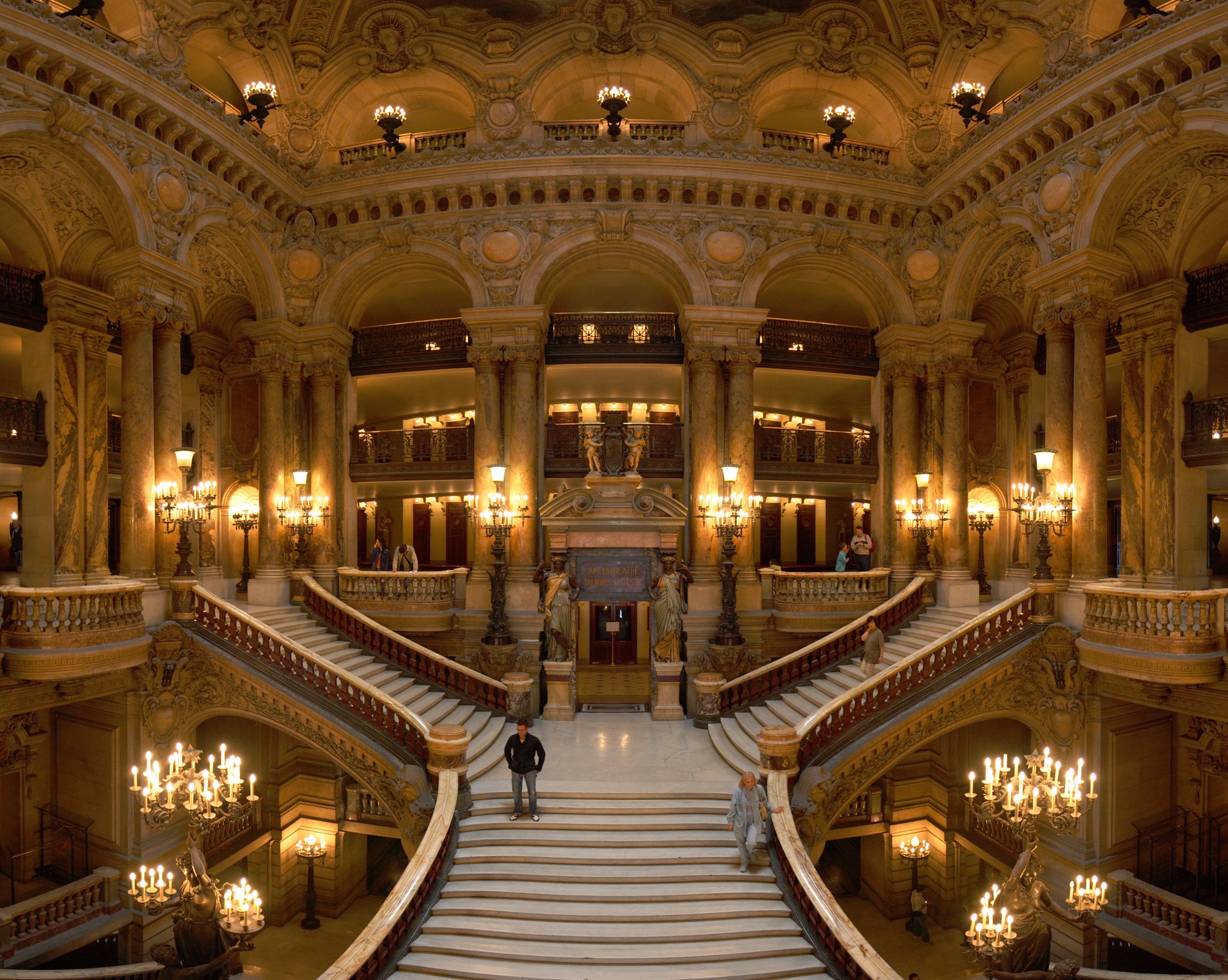
source: Wikipedia.org
Minack Theater
In England, Minack theater offers a view which will take your breath away: carved into granite cliffs, this +80 years old theater hosts dozens of shows each year. Situated just a few mile from Great Britain’s Westernmost point (on the mainland), Minack theater is used each year from April to September (due to weather conditions) but can be visited throughout the year.
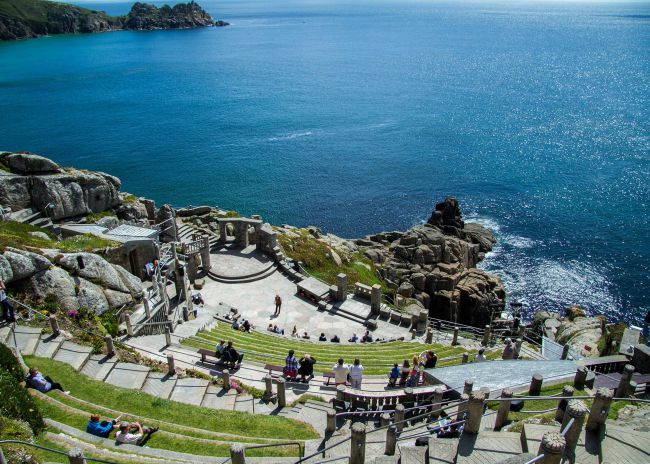
source: cornwallforever.co.uk
Walnut Street Theater
Philadelphia hosts the oldest still operating theater in the United States, founded in 1809. Over the years great artist like Audrey Hepburn, Jack Lemmon, Henry Fonda, Sidney Poitier and many more performed on its stage, helping Walnut becoming the theater company with the most season ticket owners (over 55.000). P.s. there are a few stories about the ghosts that haunt the theater, visit their FB page and read more about the subject.
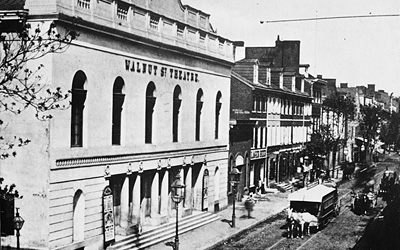
source: walnutstreettheater.org
The Teatro Colon
I’ve never been to Buenos Aires but for me, it’s one of the most fascinating cities in the world. I associate its name with culture, dance, wine, and passion. Named “the Paris of the South”, “the most European city in South America” “Manhattan in the southern hemisphere” Buenos Aires is home to one of the best Opera Houses in the world, Teatro Colon. Opened in the first decade of the 20th century the building is designed in eclecticism architectural style and has an auditorium that hosts almost 2500 seats. A must see!
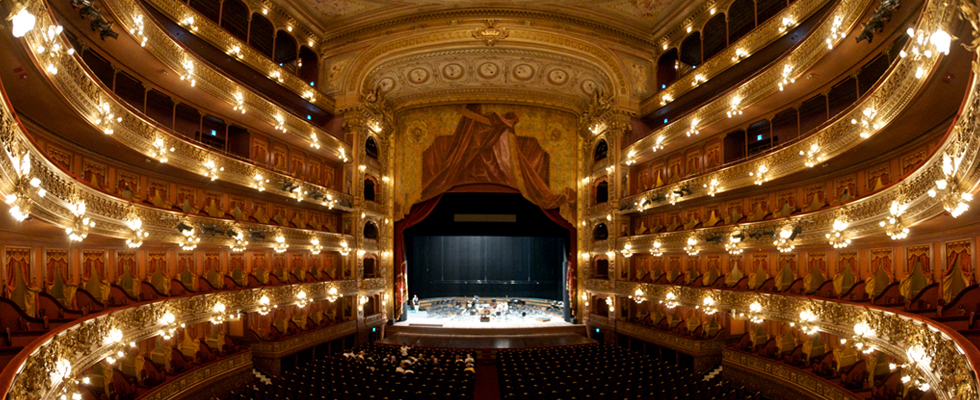
source: turismo.buenosaires.gob_.ar
P.s. another “not-to-be-missed” theater hall in Buenos Aires is El Ateneo Grand Splendid, theater hall that now hosts a bookstore and welcomes over 1 million visitors a year. Click here for more photos.
p.p.s. not quite a theater hall but I really hope to see a live show at “La Bombonera” as well.
The Former Imperial Theater
Mariinsky Teatr from Sankt Petersburg is home to not only one of the world’s greatest ballet companies in the world but also one of the world’s most famous curtain. Opened in 1860 the former imperial theater it’s the proud owner of a luxurious main curtain that embraces its stage for over a century. Watching a fabulous show from the Tzar’s box it’s something worth telling your nephews.
source: mircorp.com/Jenelle Birnbaum
…Where the shows never end
The city that never sleeps has a district where the shows never stop. There are over 40 professional theaters (3 of which survived on Broadway attracting over 10.000.000 spectators a season. So definitely if you ever plan to visit the world a theater at a time New York’s Theater District must be on your map.
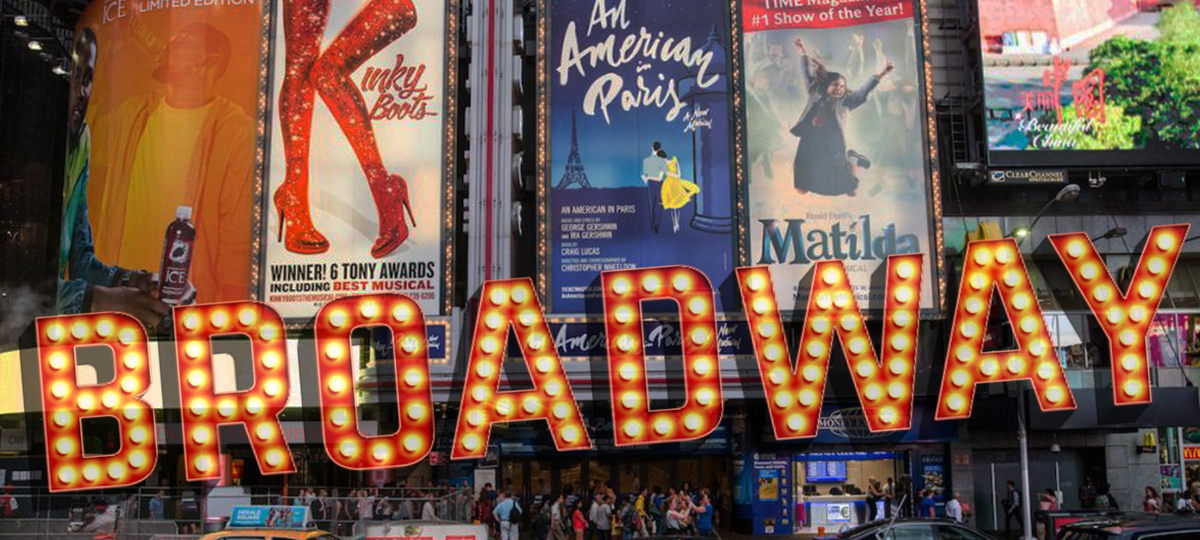
source: whstherebellion.com/?p=67156
Bolshoi Theater
For last I’ve saved the theater that hosts world’s most famous school of ballet. Bolshoi Theater, home of both Bolshoi Ballet and Bolshoi Opera, opened almost 200 years ago (50 years after Bolshoi Ballet was founded). The 2000 seat masterpiece was subject to several renovations (and one major reconstruction) in its long existence but I think it’s fair to say that it still holds the atmosphere of times when princes and princesses admired its magnificence.
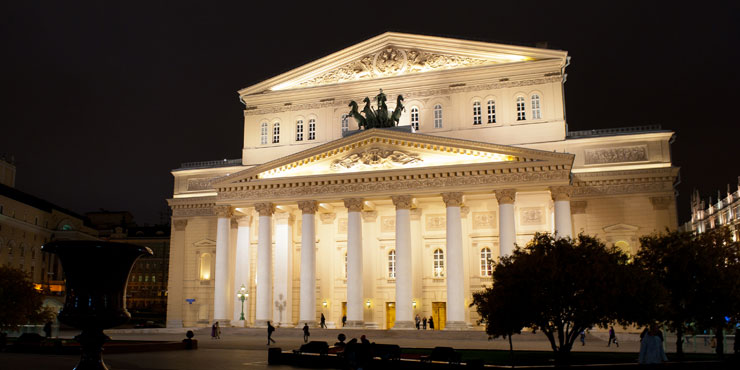
source: grohe.com
I hope you enjoyed our “world tour” and please let us know if you have a preferred theater that you think people should know about.
And for those of you who manage a Theater (or other types of venues): here is how you can use Oveit to manage your venue, but please feel free to contact us for more info.
Further reading:
wikipedia.org
teatrumanoel.com.mt
shakespearesglobe.com
minack.com
teatrolimpicovicenza.it
operadeparis.fr
walnutstreettheatre.org
teatrocolon.org.ar
mariinsky.ru
bolshoi.ru


 Later on, at the beginning of the 20th century, the modern art of magic recorded a new important page in its history, as renowned show-man Harry Houdini created a world-wide phenomenon. His spectacular escapes fascinated millions around the world. Soon, Houdini became an international star. He developed a new style of magic, close-up magic. This style used different small objects such as coins, playing cards, scarves and ropes. With these items, the magician performed different tricks right in front of the audience, hence taking the illusion’s effect to a next level.
Later on, at the beginning of the 20th century, the modern art of magic recorded a new important page in its history, as renowned show-man Harry Houdini created a world-wide phenomenon. His spectacular escapes fascinated millions around the world. Soon, Houdini became an international star. He developed a new style of magic, close-up magic. This style used different small objects such as coins, playing cards, scarves and ropes. With these items, the magician performed different tricks right in front of the audience, hence taking the illusion’s effect to a next level.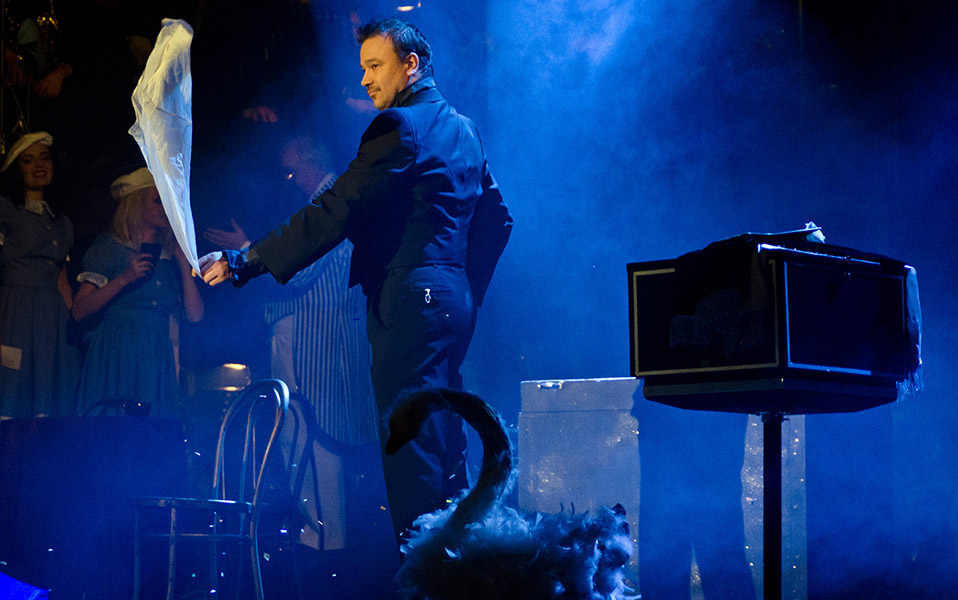
 The CI Nottara theater was founded in 1947, right after the Second World War and it was first named “The Army Theater”. It was built by Liviu Ciulley, one of the wealthiest architects of those times, as a token of appreciation for his children, whose love for the theater could not go unnoticed. His son,
The CI Nottara theater was founded in 1947, right after the Second World War and it was first named “The Army Theater”. It was built by Liviu Ciulley, one of the wealthiest architects of those times, as a token of appreciation for his children, whose love for the theater could not go unnoticed. His son, 
